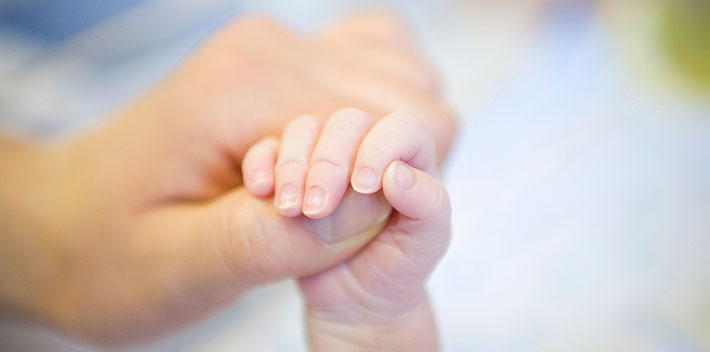The condition known as Erb’s Palsy has symptoms that some may think are similar to cerebral palsy, but the condition is not caused by any type of brain injury or abnormality in the brain. As opposed to cerebral palsy, the cause of this condition is an injury to the nerves that surround the shoulder (the brachial plexus). Other names by that refer to this condition include brachial palsy, Erb-duchenne paralysis, or Klumpke paralysis.
Recognizing Erb’s Palsy
The most distinct symptom of Erb’s Palsy is weakness or paralysis in an individual’s arm. How severely the impairment affects a person varies, and the other names for this condition are in direct relation to a person’s level of disability. When the only part of the limb that is affected is the upper arm, it is called a brachial plexus injury.
When a person has problems moving the upper arm and rotating the lower arm, we refer to the condition as Erb’s paralysis. Klumpke paralysis refers to a condition that affects the hand and can also cause the eyelid to droop based on which of the hands is affected. If the right hand is affected, the left eyelid may droop, and if the left hand is affected, the right eyelid may droop.
Causes of Erb’s Palsy
Unlike cerebral palsy (which is the result of a brain injury), Erb’s palsy is caused by damage to the child’s nerves. The arms are connected to a group of nerves that are located near the neck; these nerves are called the brachial plexus and hold the responsibility for controlling the feeling and motion in the hand, fingers, and arm.
There are several things that may occur during childbirth to cause Erb’s palsy. If the neck and head of the infant turn to the side as the shoulders leave the birth canal it can cause an injury to the brachial nerves. Excessive force on the shoulders as the head of the baby comes out of the birth canal during a head first delivery can also cause injury to the brachial nerves. A breech birth (when the feet present themselves first) can also cause injury because the arms are usually raised. Babies that are larger than average birth weight are more susceptible to this type of injury.
Complications of Erb’s Palsy
In many cases of Erbs palsy, the nerve is stretched and will heal within the six to twelve months following delivery. Although stretching shocks the nerve, permanent damage is somewhat rare. There are some occasions when scar tissue forms around the nerves, an occurrence that may prevent total recovery.
The most serious cases are those in which the nerves are torn (disengaged from the spinal cord) and will not heal. Fortunately, fewer that 10 percent of brachial plexus injuries that occur during birth cause any type of permanent damage or paralysis.
Treatment
When a simple stretch injury or mild tear occurs, it is possible for Erb’s palsy to heal without medical assistance (although physical therapy to prevent stiffness in the arm is recommended). Part of the treatment plan may include gently massaging the limb—along with motion therapy—in order to ensure the muscles remain strong and the joints do not contract.
In cases where more extensive damage is involved, surgery may be necessary. Tendon transplants may sometimes be used to treat cases in which the nerves are unable to function properly.
If your child has suffered an injury that caused him or her to develop Erb’s Palsy, you may wish to speak to an attorney in your area to discuss your legal options. Treatment can be expensive and this financial burden should not be on you, but the doctor whose negligence caused the injury in the first place. Call us toll-free at 1-855-833-3707 for a free consultation into your legal rights.

